When you think of Mumbai, you think Maximum City. Can one associate it with villages?
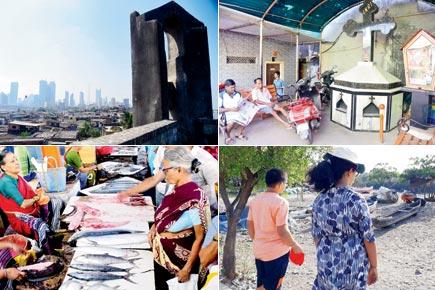
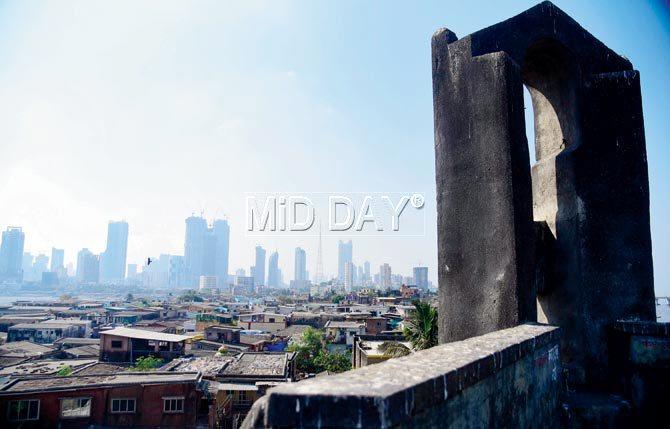
A view from atop Worli fort
ADVERTISEMENT
 When you think of Mumbai, you think Maximum City. Can one associate it with villages? Yet, in pockets of the metropolis are villages where much of life is exactly like it used to be 100 years ago, while a bit of the crazy-paced city life also peeks in. This thought occurs to me as we (my 11-year-old daughter Vani and nine-year-old son Ammol) walk through narrow lanes that are flanked by homes where you see century-old doors along with tiny kirana shops that stock everything from achaar to Zarbombs.
When you think of Mumbai, you think Maximum City. Can one associate it with villages? Yet, in pockets of the metropolis are villages where much of life is exactly like it used to be 100 years ago, while a bit of the crazy-paced city life also peeks in. This thought occurs to me as we (my 11-year-old daughter Vani and nine-year-old son Ammol) walk through narrow lanes that are flanked by homes where you see century-old doors along with tiny kirana shops that stock everything from achaar to Zarbombs.
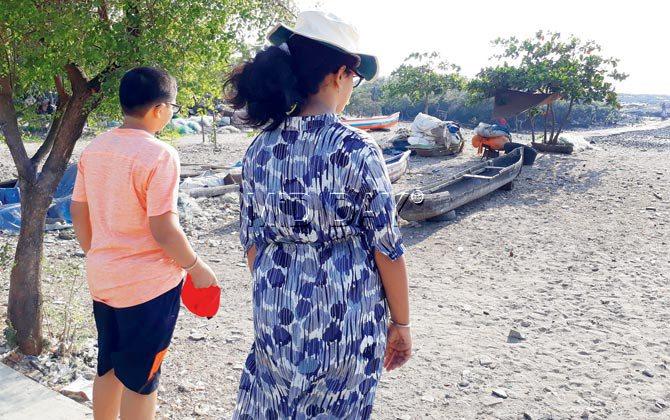
Kids soak in the coastline
Fact is, Mumbai used to be seven islands and each had its fishing community along with its fort-cum-watch tower. The Kolis who we see working, and with great dignity, are its original inhabitants. I had heard of curated food walks in Worli. But there are other tours to explore these parts, and thus, we found ourselves at the Mumbai Magic Worli Fishing Village Walk where we get to make our way through the fishing hamlet, watch the morning catch come in, pass through the markets, witness a slice of daily life of the Kolis, spot temples and churches, and visit the Worli Fort built by the British in 1675. The fort stands as a reminder of dashing tales of piracy on the West coast.
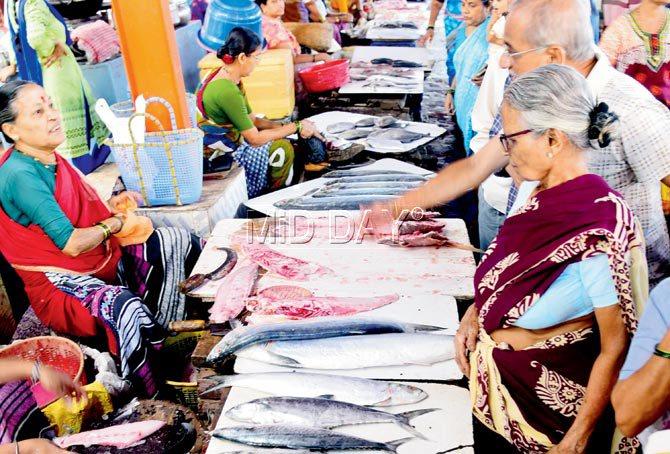
The fish market
We walk in a single file, making way for people, bicycles, tiny tempos and live breakfast counters where upma and pohe are served from the doorstep of homes, taking in the aromas of fish curry being cooked in other homes. We soak in every word of Freni Avari, our knowledgeable guide, as she points out the tiling work, a 19th century cross, homes of those who continue to fish for a living (there are many who no longer do so), old bells and smooth pillars.
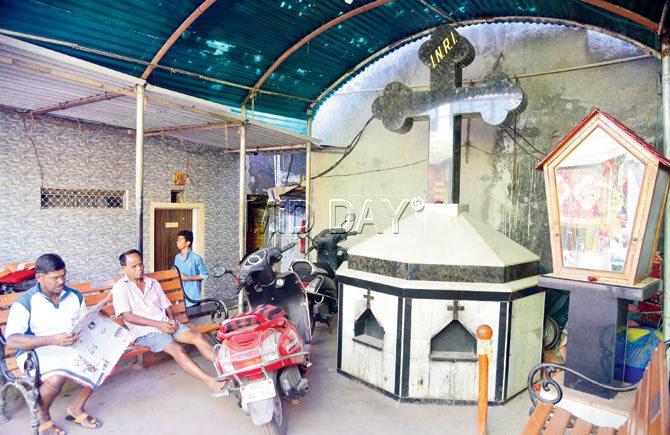
Residents relax around a crucifix. Pics/Sameer Markande
We reach Worli Fort. It is small and squat; the upper lever of the sturdy walls used as a public gymnasium. We stand on the top and look at the boats bobbing ashore, while Avari shows us where Mahim is and how in the old days, signals used to be exchanged from one tower to another.
Next, we head to the edge of the village where boats have come in and the catch is being hauled ashore. Fishermen and women work in tandem, raising their nets, shaking off the catch and putting it in baskets. A part of this is sold immediately while the rest is packed off to the fish market, our next halt. This buzzing space is a hit with the kids. Our last leg is the headquarters of the Coast Guard at the Golfadevi Marg. Here, we spot roughly 20 tiny, colourful boats, which are docked in.
It is almost 11 am. The day is just beginning for many Mumbaikars, while at Worli's fishing village, theirs is nearly done. The sun is shining bright and the Kolis, who worship the moon, will soon call it a day.
Safety tip:
The topmost section of the fort has low walls. Don't let kids get too close to the fortification
 Subscribe today by clicking the link and stay updated with the latest news!" Click here!
Subscribe today by clicking the link and stay updated with the latest news!" Click here!






